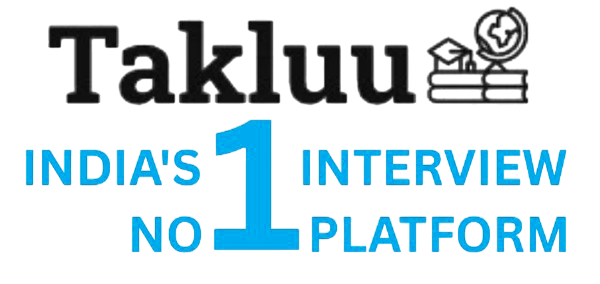
1. Steeper learning curve for beginners due to its complexity.
2. Monolithic structure can limit flexibility and scalability.
3. Performance can be slower for high-load applications compared to other frameworks.
4. Less control over components compared to microservices architectures.
5. Can be overkill for small projects or simple applications.
6. Limited support for asynchronous programming compared to other frameworks.
To create views in Django, follow these steps:
1. Open your `views.py` file in your Django app.
2. Import necessary modules:
```python
from django.shortcuts import render
```
3. Define a view function:
```python
def my_view(request):
return render(request, 'template_name.html', context)
```
4. Map the view to a URL in your `urls.py`:
```python
from django.urls import path
from .views import my_view
urlpatterns = [
path('my-url/', my_view, name='my_view_name'),
]
```
Django templates consist of template tags, template filters, variables, and static files.
Javascript is one which loads on your page load. If you
want to test it for dummy app. you can.
yes, but need to hard code for login account by giving
multiple id comparisons and need to encrypt the javascript
code to hide from the page source .
This is not a secure way to create login account but we can
create login account using javascript.
JavaScript has the following data types:
1. **Undefined** - A variable that has been declared but not assigned a value.
2. **Null** - A variable that has been explicitly assigned a value of null.
3. **Boolean** - Represents a logical entity and can have two values: true or false.
4. **Number** - Represents both integer and floating-point numbers.
5. **String** - Represents a sequence of characters enclosed in quotes.
6. **Symbol** (introduced in ES6) - A unique and immutable primitive value.
7. **Object** - A collection of key-value pairs, including arrays and functions.
string,boolean,null,undefined,number
Encryption is a process of converting a plain text to a message using some algorithms such that any third user cannot read the information.
This is helpful for transmitting sensitive information because there are fewer chances for an intruder to target the information transferred.
Encryption is performed using a process called Cryptography.
The text which is to be encrypted is termed as Plain Text and the text or the message obtained after the encryption is called Cipher Text.
The process of converting cipher text to plain text is called Decryption.
Laravel uses AES-256 and AES-128 encrypter, which uses Open SSL for encryption.
All the values included in Laravel are signed using the protocol Message Authentication Code so that the underlying value cannot be tampered with once it is encrypted.
The storage and bootstrap/cache directories in Laravel require write permissions for the web server user. Typically, this means setting the permissions to 775 or 777, depending on your server configuration.
A Vagrantfile is a configuration file used by Vagrant to define the environment and settings for a virtual machine, including the operating system, software packages, and network settings. Homestead.yaml is a configuration file specific to Laravel Homestead, which is a pre-packaged Vagrant box for Laravel development. It defines the settings for the Homestead environment, such as sites, databases, and environment variables.
The first file that is loaded in Laravel is `public/index.php`.
Laravel is a popular open-source PHP web framework designed for building web applications following the MVC (Model-View-Controller) architectural pattern. It was first released on June 9, 2011, by Taylor Otwell.
Laravel is PHP based open-source, and free web development MVC framework like other frameworks – CodeIgniter, Symfony. Laravel is now majorly used for building high-end web applications and web services for mobile applications. Laravel is MVC framework web development developed by Taylor Otwell and first released in July 2011. Laravel Framework Overview
